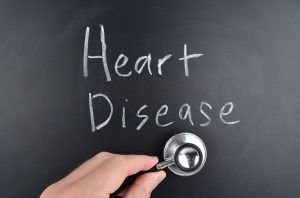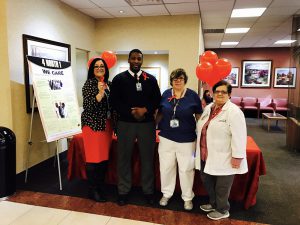Staphylococcus Aureus (staph) is a group of bacteria that can cause many diseases. It is commonly found on the skin in most people and it usually doesn’t cause infection until it enters the body through breaks in the skin or with food. These infections can range from being mild (not requiring any treatment) to very severe.
When staph infections develop on the skin, they can take on many different forms depending on the severity. The wound may be superficial (boils, abscess, furuncle) or deep (cellulitis). Usually these skin lesions are red, swollen and tender to the touch. There may also be pus that drains from the infection site. Severe infections which have entered the blood stream cause sepsis and manifest with high fever, chills, low blood pressure, and eventually shock.
Staph infections tend to be contagious when there is direct skin to skin contact with an infected wound. They can also be transmitted with shared razors, gloves, socks, needles, and bandages. Prevention of staph infections can be achieved with frequent hand washing, avoiding contact with open wounds, and thorough cleansing of scrapes and cuts as soon as they occur.
People who are at higher risk for developing staph infections include:
• Diabetics
• Newborns
• Patients with cancer, lung disease, and vascular disease
• Intravenous drug users
• People with weakened immune systems
Treatment for staph infections depends on the severity. If it is a minor skin lesion, cleaning it with soap and water regularly may be sufficient whereas other wounds may require topical antibiotic ointments. More severe wounds will require surgical intervention and oral or intravenous antibiotics to control further spreading and eventually resolve the infection.
Minor skin rashes in children can be treated by a pediatrician and for adults by an internist or family medicine doctor. More severe wounds and wounds that are difficult to heal may require the specialized care offered in the wound care clinic. To schedule an appointment with the appropriate physician, please call 718-670-5486.
All content of this newsletter is intended for general information purposes only and is not intended or implied to be a substitute for professional medical advice, diagnosis or treatment. Please consult a medical professional before adopting any of the suggestions on this page. You must never disregard professional medical advice or delay seeking medical treatment based upon any content of this newsletter. PROMPTLY CONSULT YOUR PHYSICIAN OR CALL 911 IF YOU BELIEVE YOU HAVE A MEDICAL EMERGENCY.





